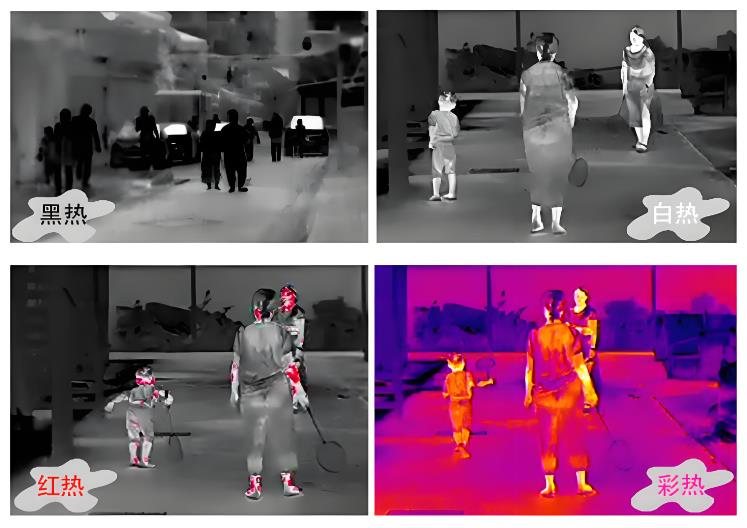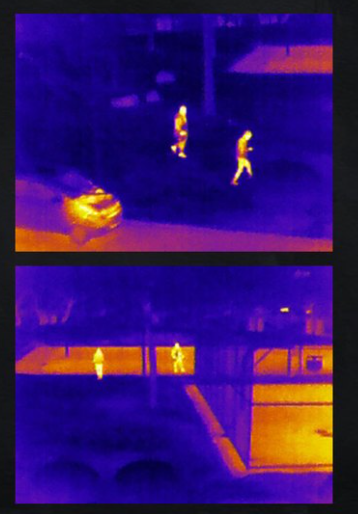1. Working Principle
Infrared thermal imaging: mainly based on the infrared radiation emitted by the object. In nature, all objects with a temperature higher than absolute zero (-273.15℃) will emit infrared radiation, which is a kind of energy and invisible to the naked eye. The infrared thermal imager receives the infrared radiation emitted by the object, undergoes optical conversion and electrical conversion, and finally outputs an infrared thermal image and realizes the temperature measurement function. This imaging method belongs to passive infrared, that is, it does not rely on external light sources, but discovers it through the infrared characteristics of the object itself.

Infrared camera: Although it also involves the use of infrared light, its working principle is different from infrared thermal imaging. Infrared cameras usually capture infrared light by adding filters or using special lenses. These infrared lights can be near infrared (short-wave infrared) or far infrared (long-wave infrared). Near-infrared light has a shorter wavelength and penetrates deeper into human tissue; while far-infrared light has a longer wavelength and is mostly absorbed by the surface skin. At night or when the lighting conditions are poor, the infrared camera enhances the image capture ability by emitting infrared light and receiving its reflection. This method belongs to active infrared.
2. Imaging characteristics
Infrared thermal imaging: The output images usually represent different temperatures of the measured object in different colors, thus forming a colorful thermal map. These images not only intuitively show the temperature distribution of the object, but also provide accurate temperature values. Infrared thermal imaging is widely used in security, medical, scientific research and other fields, especially at night or in harsh environments, its imaging effect is particularly outstanding.
Infrared camera: The imaging effect is affected by many factors, including the wavelength of infrared light, the performance of the camera, and environmental conditions. Generally speaking, infrared cameras can provide clearer images than visible light at night or when there is insufficient light, but the image quality may vary depending on the intensity and reflectivity of the light source. In addition, infrared cameras can also be used in combination with visible light cameras to form a dual-spectrum or multi-spectral imaging system to provide more comprehensive information.

3. Application field
Infrared thermal imaging: Due to its unique temperature measurement function and intuitive imaging effect, infrared thermal imaging has a wide range of applications in medical, security, scientific research, industrial detection and other fields. In the medical field, infrared thermal imaging technology can be used for early screening and auxiliary diagnosis of diseases; in the security field, infrared thermal imaging can help monitoring personnel detect abnormal conditions in time and take corresponding measures.
Infrared camera: mainly used in night monitoring and security fields. By capturing infrared light and generating images, infrared cameras can provide clear monitoring images when lighting conditions are poor, thereby ensuring the effectiveness and reliability of the monitoring system. In addition, infrared cameras can also be used in combination with other security equipment to form a more complete security system.
There are significant differences between infrared thermal imaging and infrared cameras in terms of working principles, imaging characteristics, and application fields. In actual applications, it is necessary to select appropriate equipment and technical solutions based on specific needs and scenarios.


